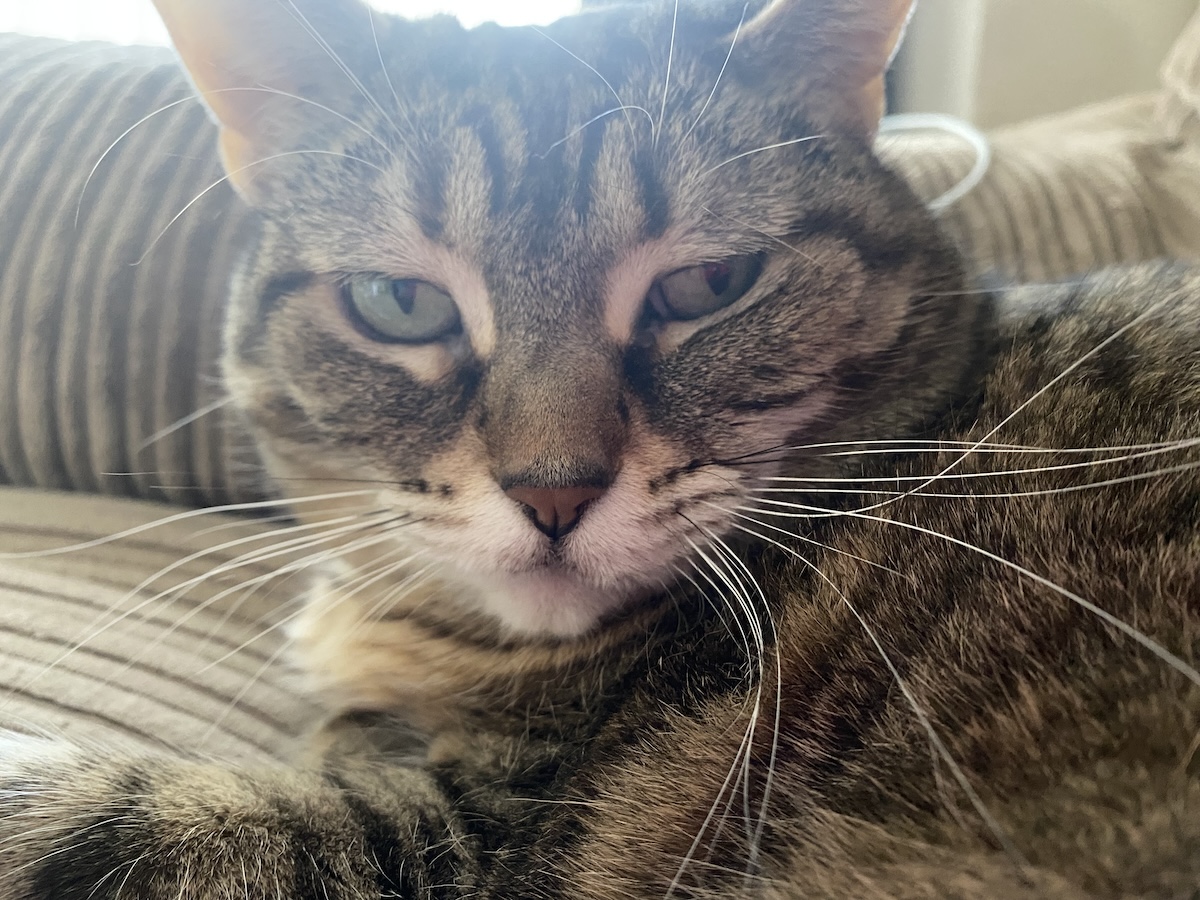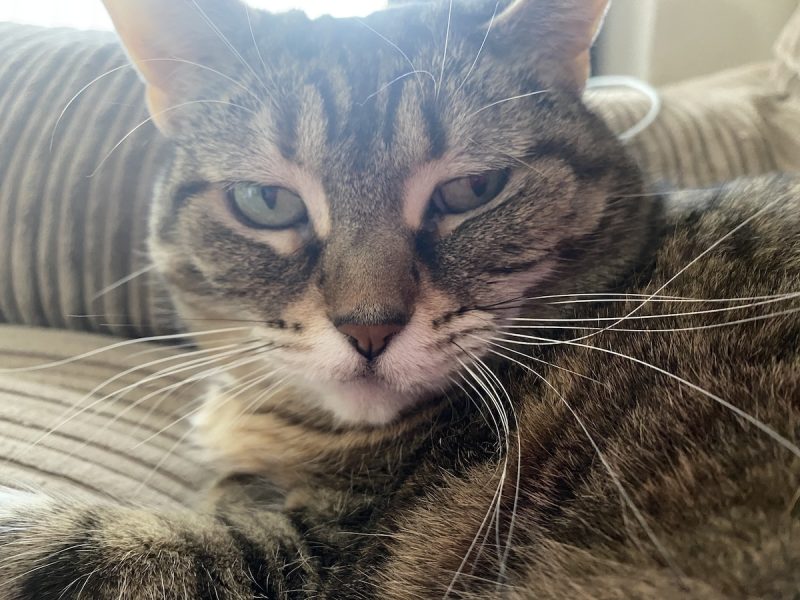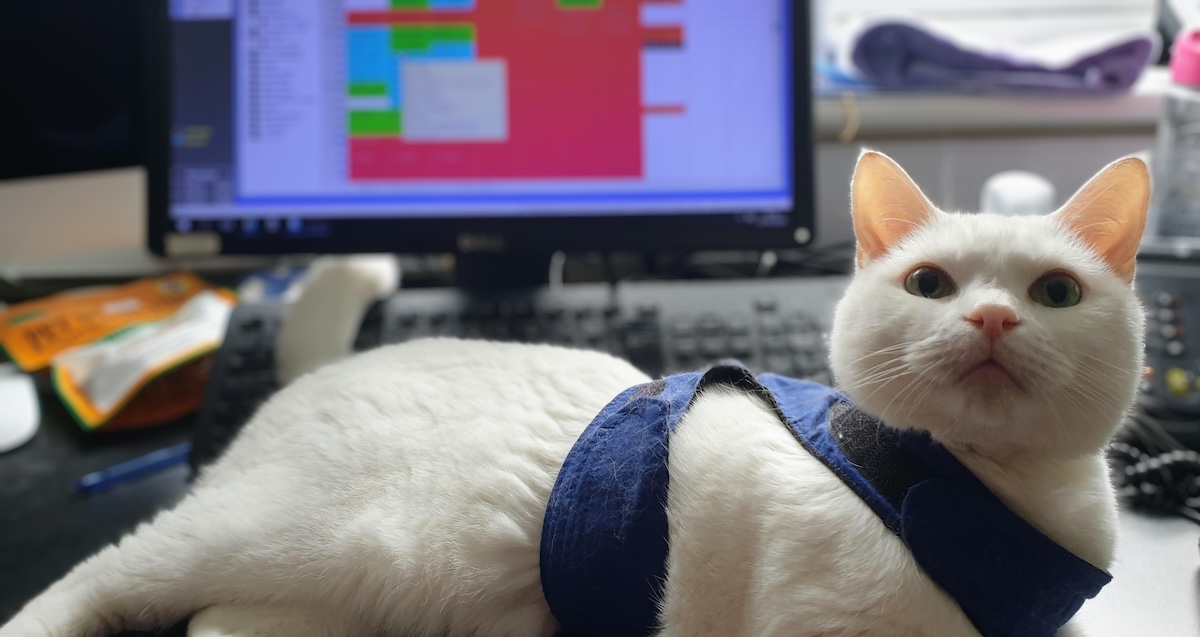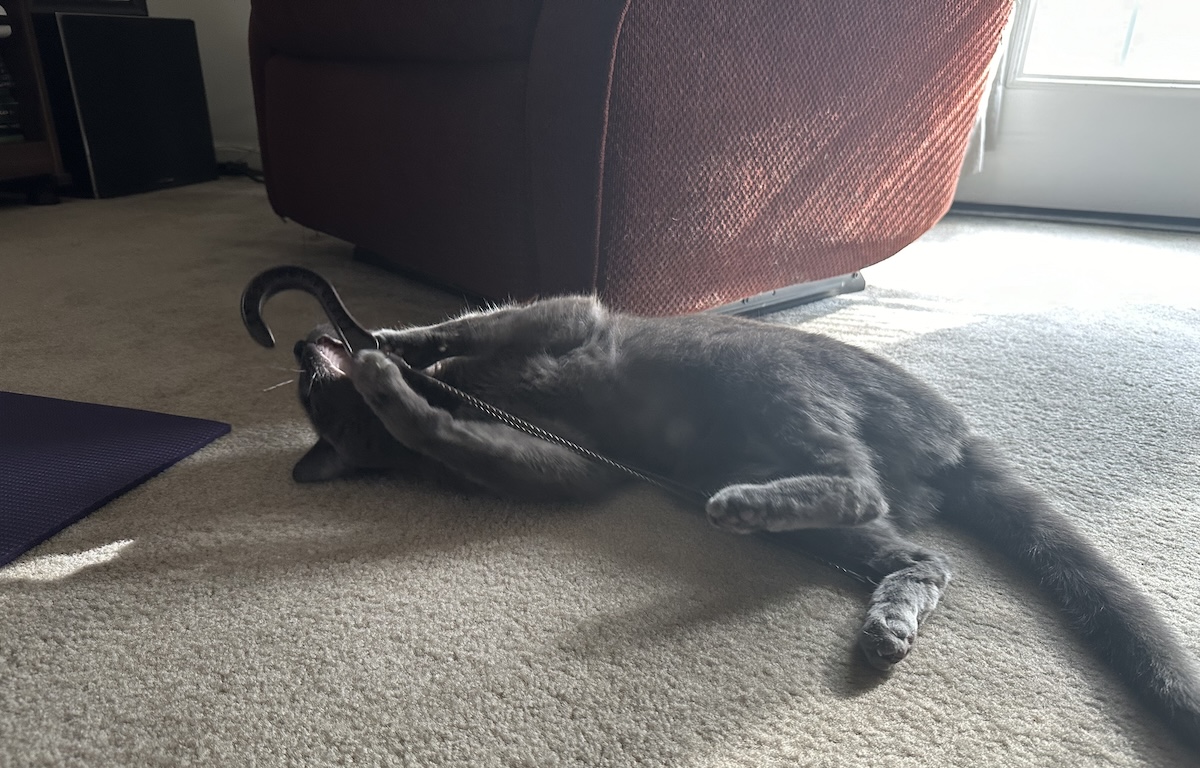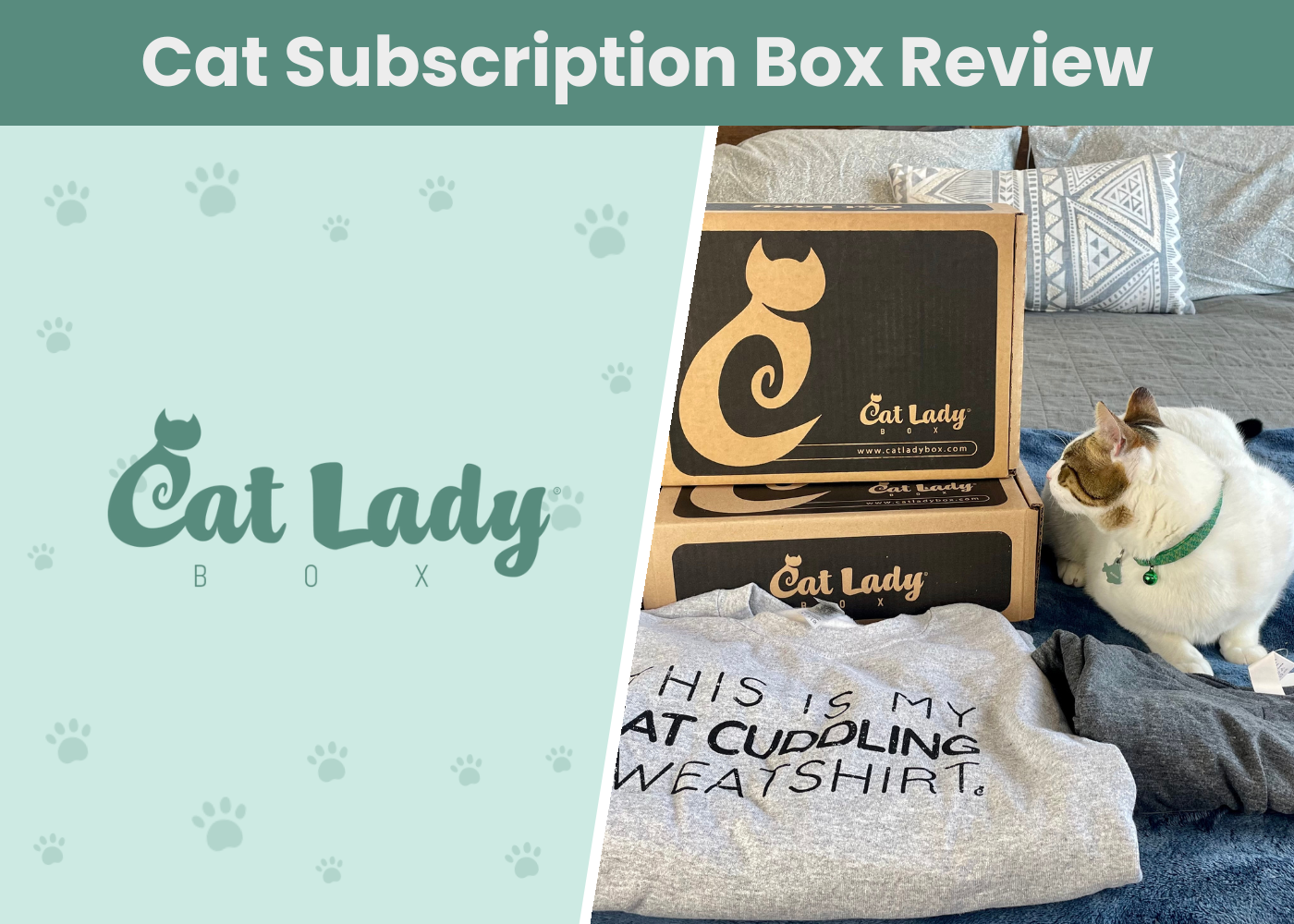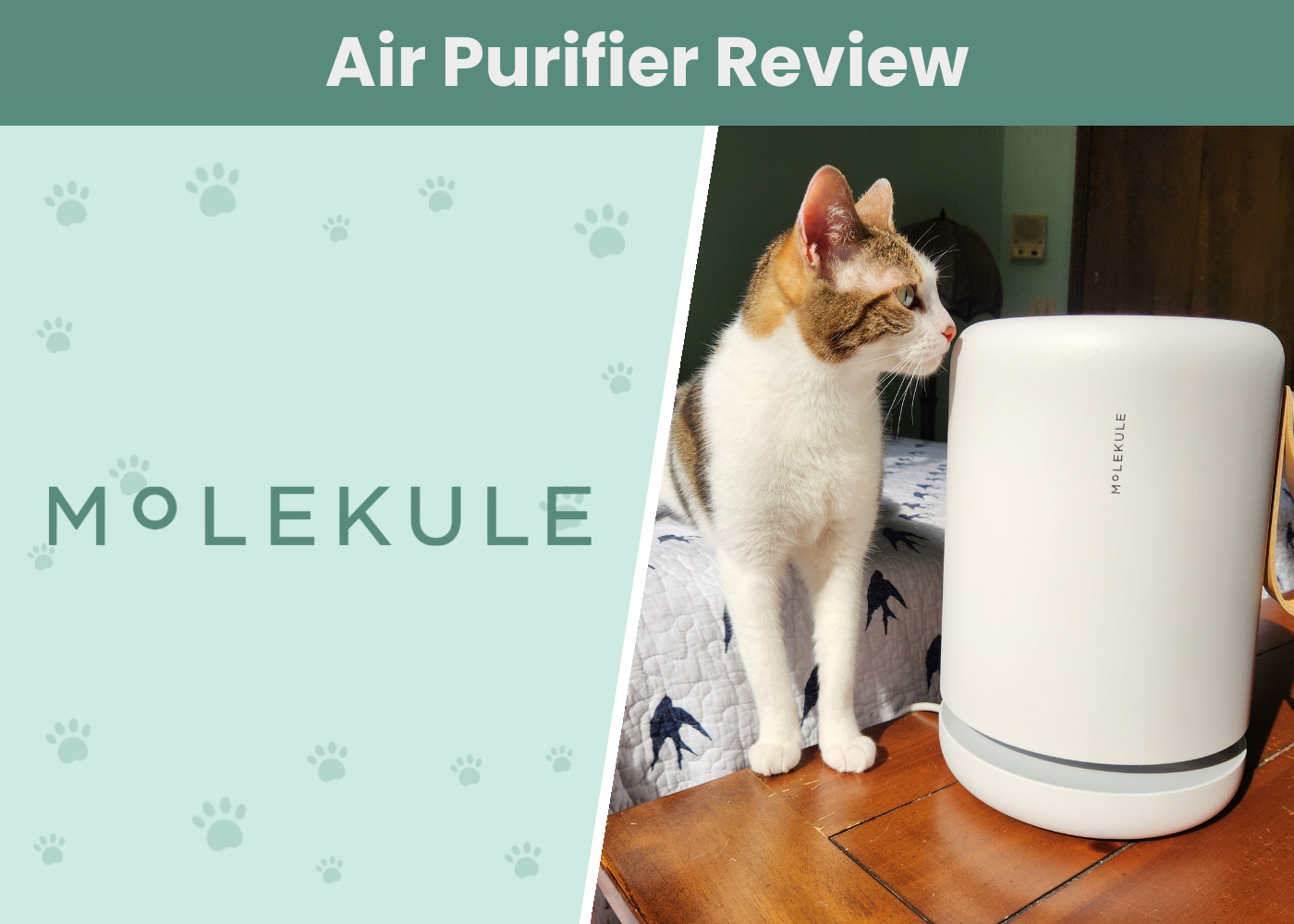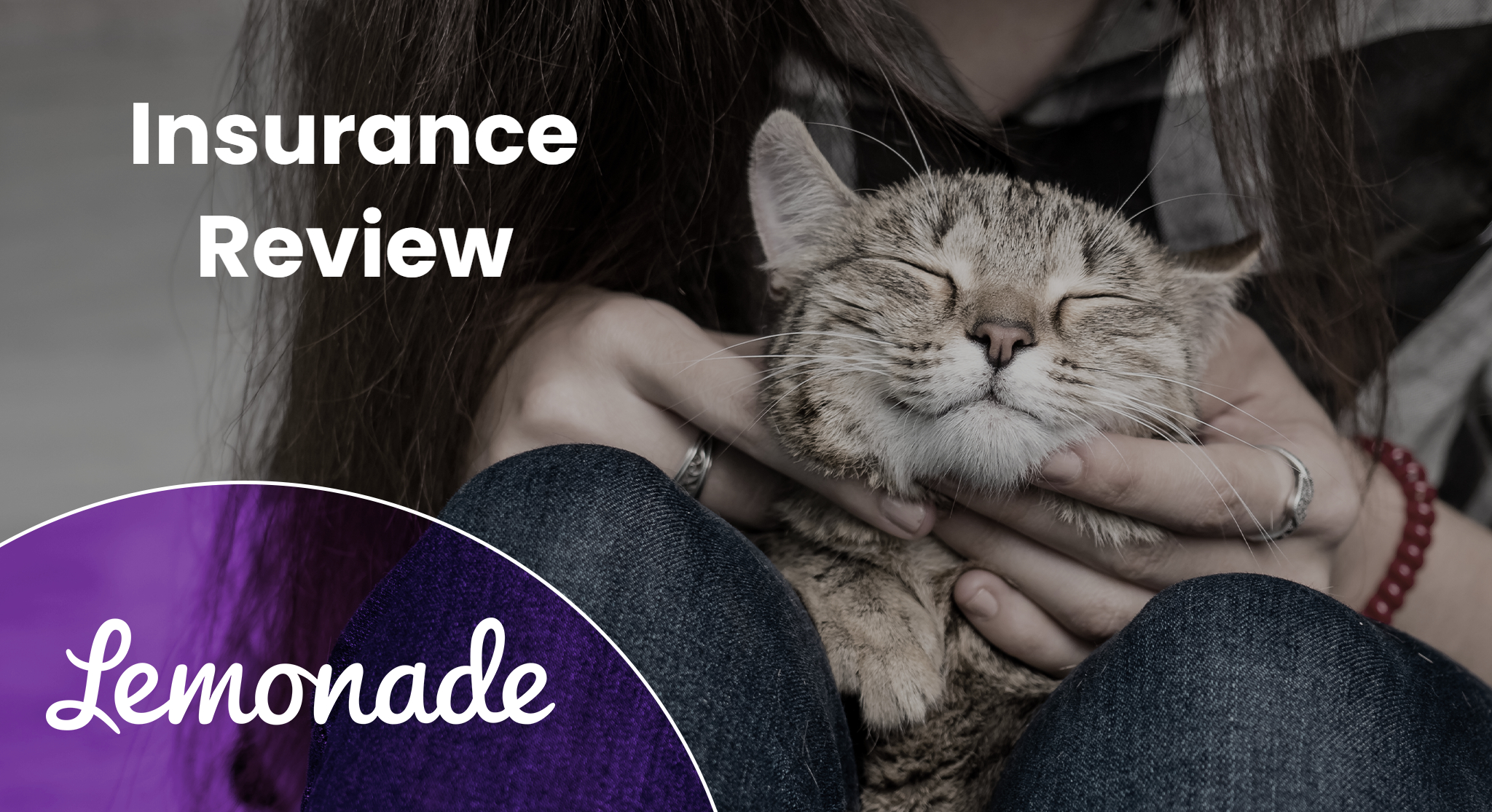Hi, I’m Dr. Lauren! Read my introduction to learn more about me and my two adventurous cats, Pancake and Tiller.
Cats, the effervescent cog in the otherwise somewhat bland wheelhouse of modern home life. Or, at least, that’s my opinion and I’m sticking to it. Cats are steadily creeping up to become one of the more popular household pets in many countries, but as I’ve written time and time again, we don’t really know all that much about them.
Do they get anxiety? Why are they so different from dogs? Can we typify the feline personality, or do cats that are more dog than cat actually exist? When does a healthy appetite actually mean something bad? Truly, they remain as much of a mystery, as a beloved household family addition.
Cats & Personality
One thing that has surprised me, again and again since graduating from vet school, is their personality. Stoically, we were repeatedly told as vet students that cats had no emotions. No research was given to support this, and yet none of us questioned this assertion. And yet, daily, in clinical practice, I am reminded of this supposed truism. And that, while I still have next to no research to back it up, cats almost certainly have emotions.
Last night, for example, was an exceptionally cold spring evening. Pancake has recently realized that Tiller has a favorite spot on a cardboard scratching post, that also happens to be near the main heating vent for the family room. And, therefore, Pancake has taken it upon herself to extricate Tiller from this spot…mainly by getting to the spot as soon as the heat goes on, much to Tiller’s dismay.
Last night, a number of bopping, punching, ear biting, and generally feline-tense moments ensued between the two, as they had a kerfuffle over who owned said hot spot. That is, until human intervention opened a can of wet food, and all grievances were quickly forgotten.
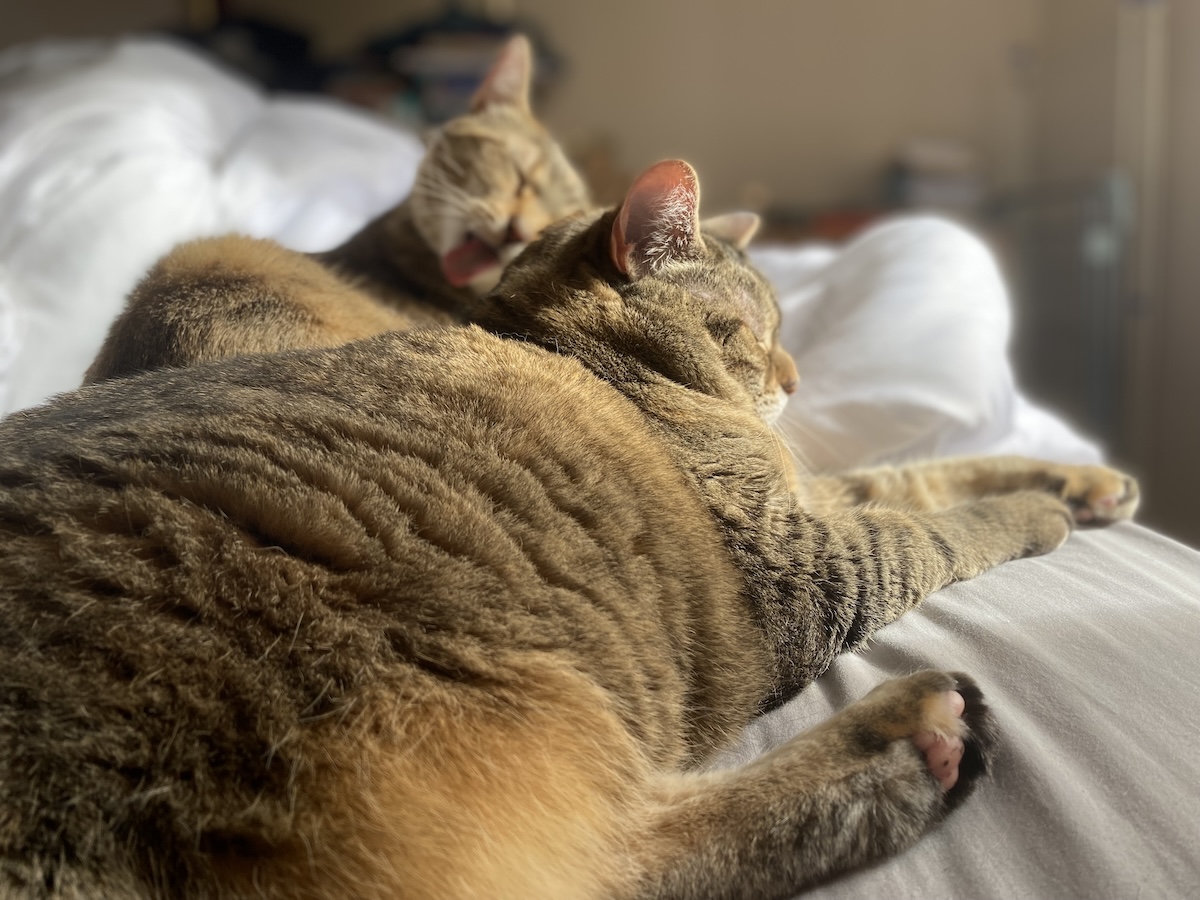
Pancake vs. Tiller
Pancake also gets inordinately grumpy if she doesn’t maintain her routine. That means breakfast by 6 am, second breakfast by 7 am, the sofa free by 8 am, and a prompt bedtime by 10 pm. I’ve actually seen her march upstairs, at 10 pm on the dot, in an attempt to lead people to bed. And I’ve seen her boycott the humans all night, if they don’t follow her lead. Further, houseguests be warned- if you try to pay her too much or too little attention, just know that, as the Klingons say “Heghlu’meH QaQ jajvam”.
Worse, is applying their flea treatments. Tiller is a bit more forgiving: once it’s done, it’s done. But with Pancake, a 3-month application of a flea and tick product, means that invariably for at least 1 month, but more than likely 2 months, I have to tiptoe every time I go anywhere near the back of her head, lest she turn around in sheer disbelief that I am again betraying her confidence, then run and hide for the next few hours. Don’t ask what it is like trying to give her pills! I’m pretty sure the neighbors would call the police if it was a common occurrence…and I refer again to the Klingon axiom written above.
Now, you may say that I am anthropomorphizing the cats. Sure, I live with them. I see their personalities. Tiller is athletic, aloof, intelligent, a bit high-strung, and a bit skeptical. Pancake is food motivated, constantly talking with whoever is around, grumpy when hungry (truly the definition of hangry!) and always happy to steal your chair or sofa the minute you get up to do something else. Without question, they have tiny brains, too much fur, and huge personalities.
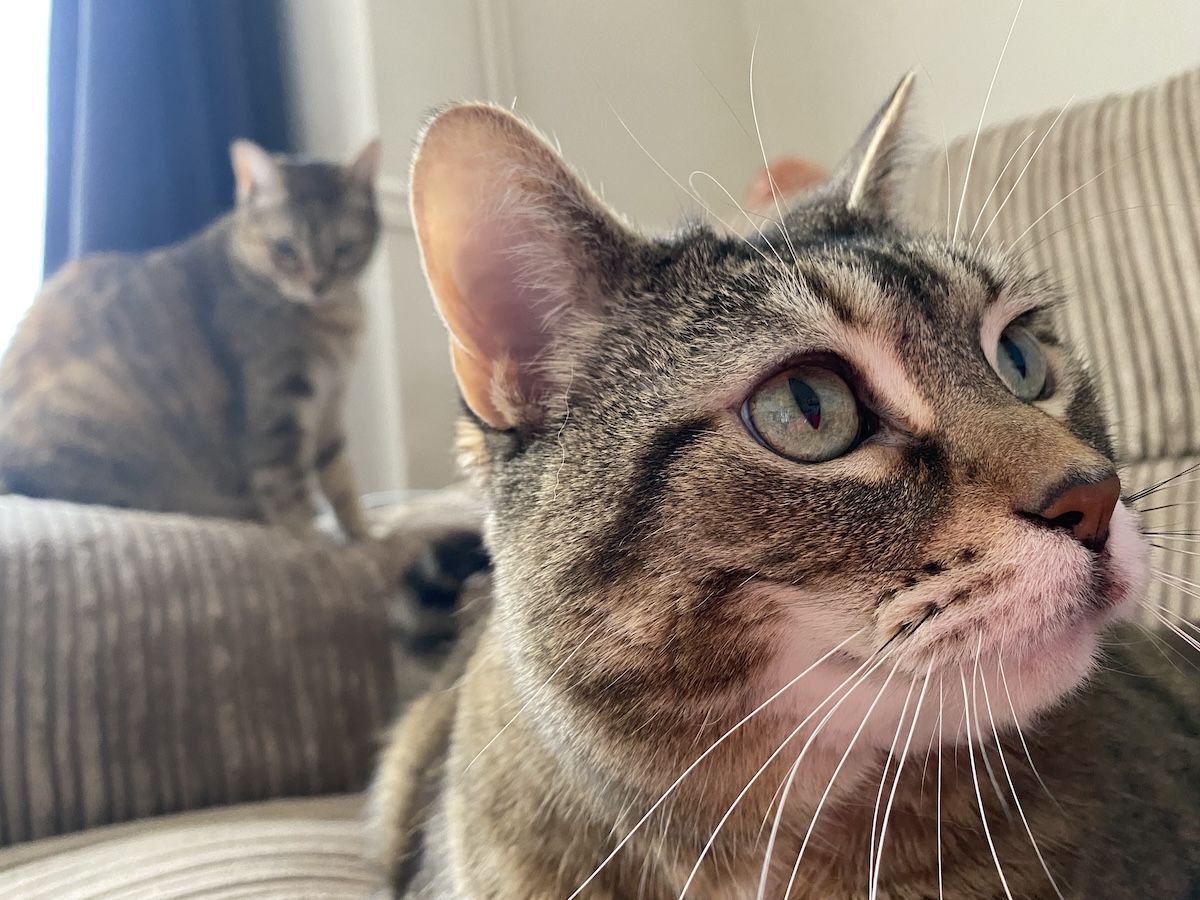
What Does The Research Say?
Research on the subject of feline emotions is divided. Conversely, or perversely, we do discuss feline emotional health when talking about environmental enrichment in feline medicine, yet to what extent those emotions are experienced, or even acknowledged, is sparse, and just beginning to be investigated.
For instance, in a Japanese study (and others), pet owner attachment was directly related to the observation and assessment of pets’ emotions, with compassion and jealousy being the two most frequently observed emotions by owners. However, the jury remains out on just how accurately humans can interpret feline emotions in certain settings, especially when anthropomorphic tendencies have a role in the owner’s interaction with their pets.
Other, early data suggests that cats vocalize other than meowing in part for conveyance of positive emotions, but much remains to be elucidated on that front. One interesting paper even went so far to suggest that a feline left gaze and head turn may indicate low level fear, while a right gaze and head turn may indicate relaxation… feline emotional psychology indeed!
Essentially, the jury remains out on feline emotions, at present. At least officially. But when I walk into a clinic, and start a day of consulting, and cat after cat gets onto the exam table, looks at me, and sighs, it’s difficult not to feel their very real emotions. I’ve never gone so far as to see an eye roll, but I suspect it may yet happen. And if it does, Pancake will probably be first in line.

